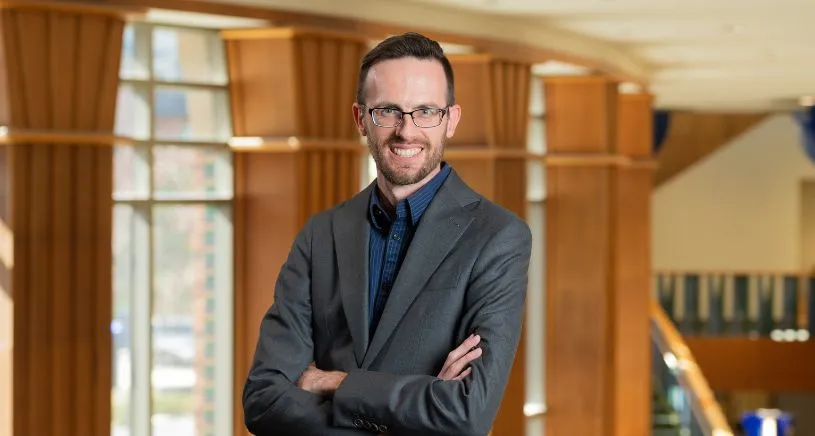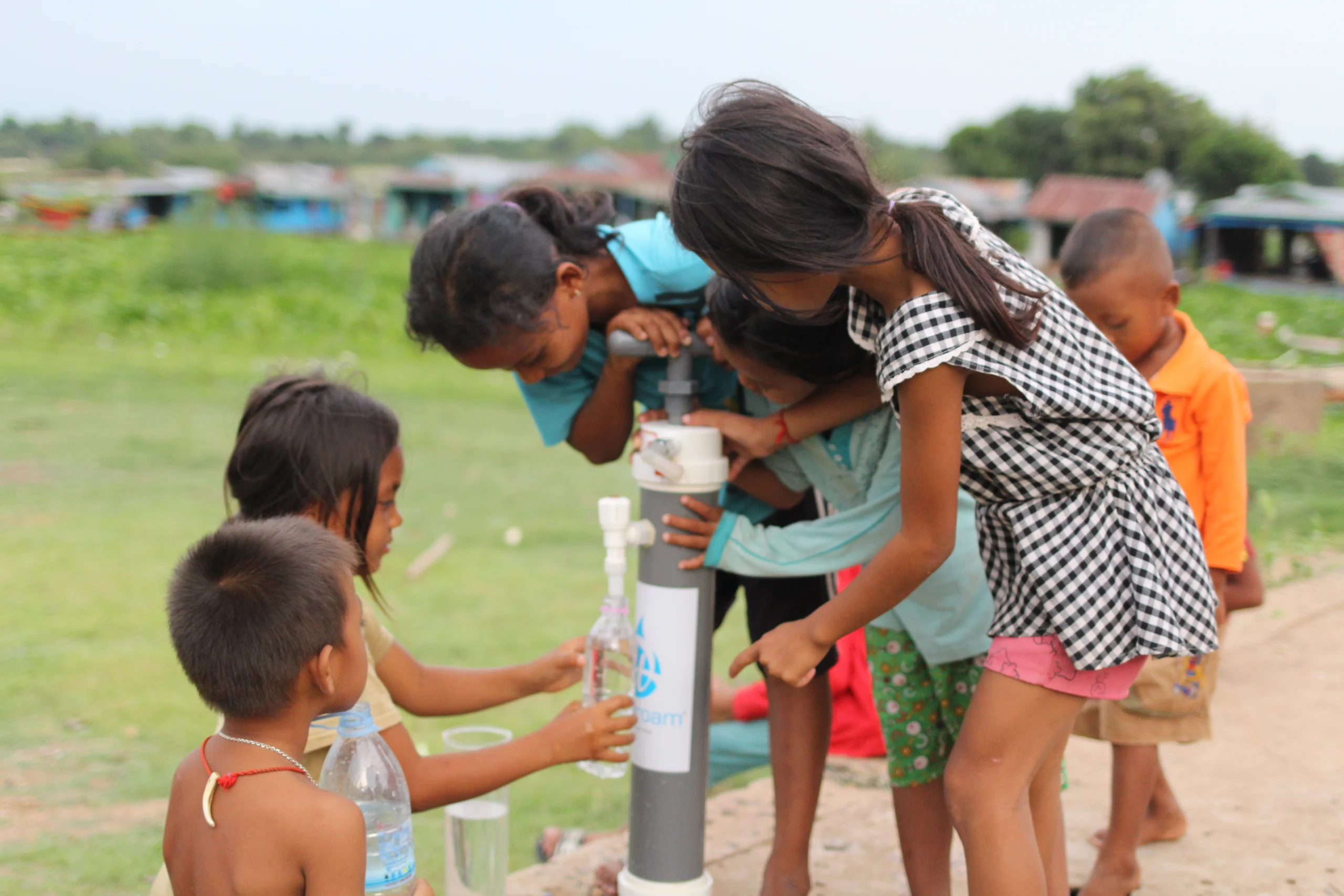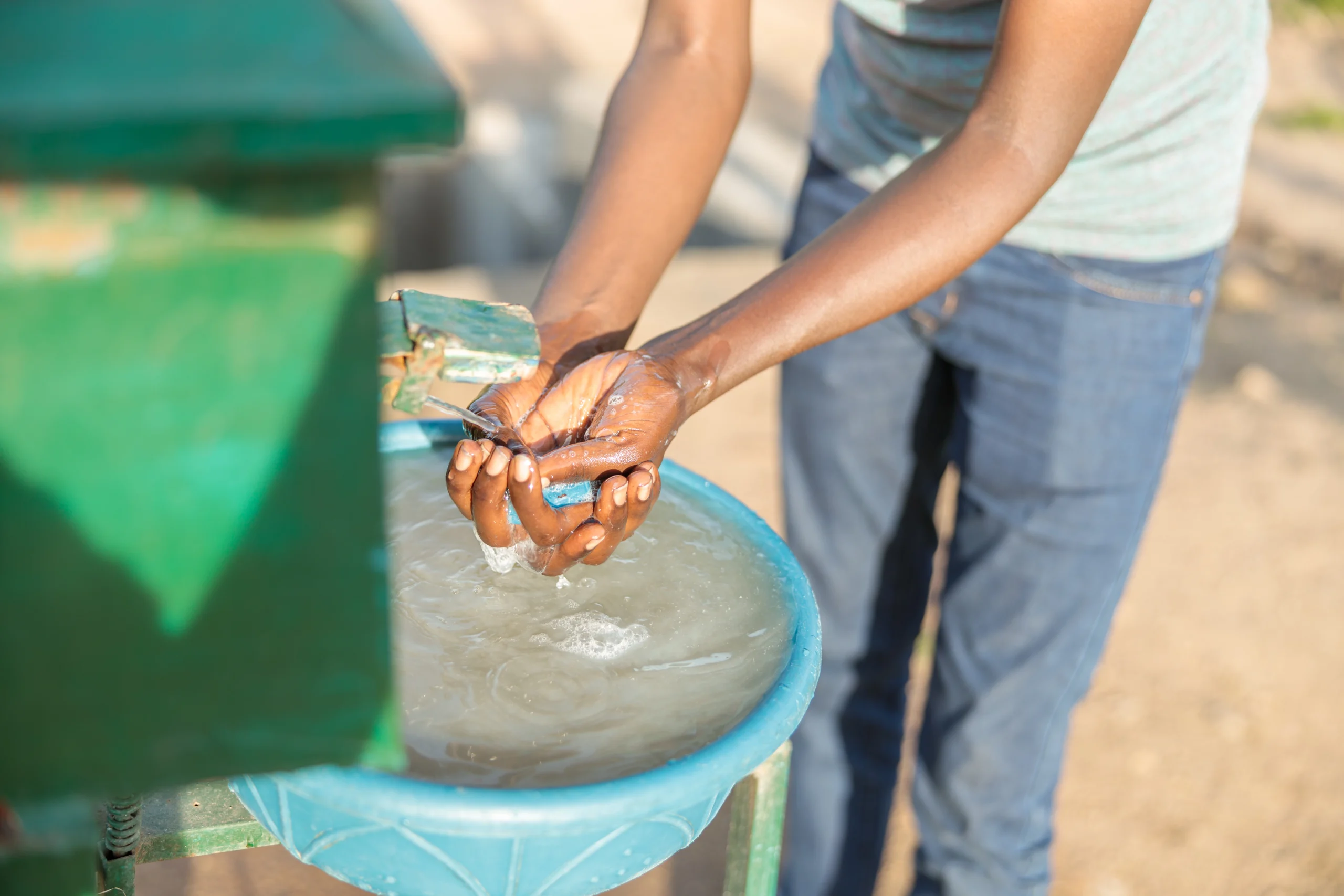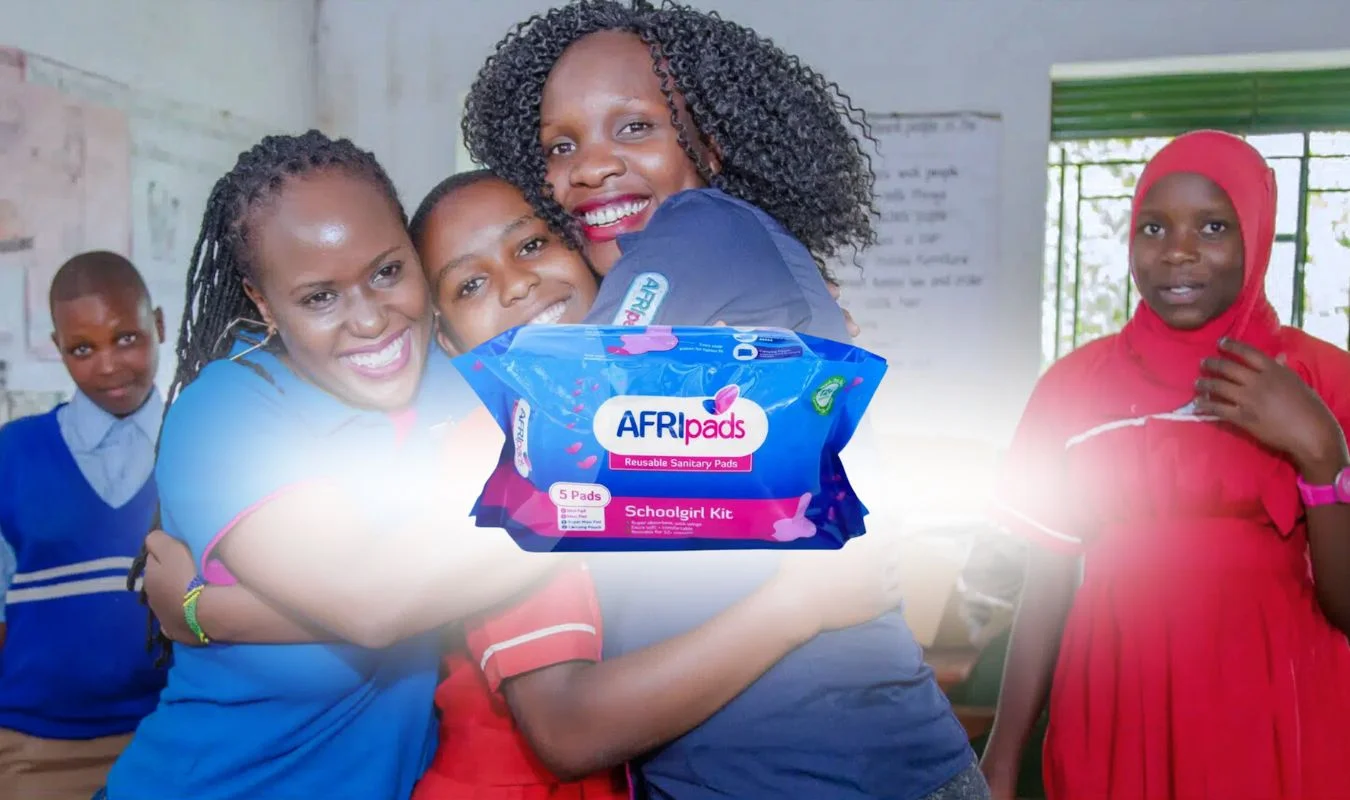Providing clean water solutions and sanitation to communities is a critical goal, but it’s not as simple as it seems. As Andrew Brouwer, an epidemiology expert from the University of Michigan, explains, just giving people water filters or latrines often doesn’t lead to the expected drop in diseases. Why? Because the journey from a good idea to a healthy community is a cycle with many moving parts.
This guide, inspired by Brouwer’s insights in our recent webinar, breaks down a six-step process that helps us understand how to create lasting health improvements.

Step 1: Understand the Problem
Before you can fix something, you need to understand it. In the world of public health, this means understanding how diseases spread. Different germs travel in different ways—some through water, others on surfaces, and some through direct human contact. The first step is to figure out the specific ways a pathogen is moving through a community. Once you know that, you can pinpoint the best places to stop it.
Step 2: Build a “What-If” Model
Next, you create a model. Think of this as a digital sandbox where you can test your ideas without spending time or money in the real world. This model helps you predict the impact of your interventions. For example, you can see what would happen if 50% of people used a new water filter versus 90%. This allows you to find the most effective strategies and focus your efforts where they will make the biggest difference.
Step 3: Find the Gaps
After you have a model, you use it to find the gaps. Where are the biggest problems? Is it a lack of clean water? Is it that people aren’t using the handwashing stations they have? By figuring out where the weak points are—whether it’s a lack of technology, low usage, or a misunderstanding of how to stay healthy—you can create a more targeted and effective plan.
Step 4: Combine Your Efforts
A single solution is rarely enough. The most successful projects use a combination of interventions to attack the problem from multiple angles. For example, a water purification tablet might be more effective when paired with education on proper hygiene. By combining different approaches, you can create a more robust system that blocks disease transmission at multiple points.
Step 5: Test It in the Real World
Once you have your comprehensive plan, the next step is to test it in a real community. This is a crucial step for making sure your strategy is practical and effective. What works in a model might not work on the ground, so this step allows you to get valuable feedback from the people you are trying to help.
Step 6: Refine and Implement
Finally, you take what you learned from your real-world test and refine your strategy. If something didn’t work, you adjust it. Once you have a polished plan, you can begin to roll it out to more communities, confident that you have a solution that is both effective and sustainable.
The Bottom Line: Three Key Takeaways
- Don’t Overlook Compliance: An intervention is only as good as a community’s willingness to use it.
- Completeness Is Key: Clean water alone won’t solve the problem if other issues like food contamination and a lack of proper hygiene aren’t addressed.
- Context Matters: A solution that works in one community might not work in another. It’s critical to understand the specific needs of the people you are helping.
By following this evidence-based cycle, we can move beyond simply giving people a solution and instead create a lasting, positive impact on community health.




